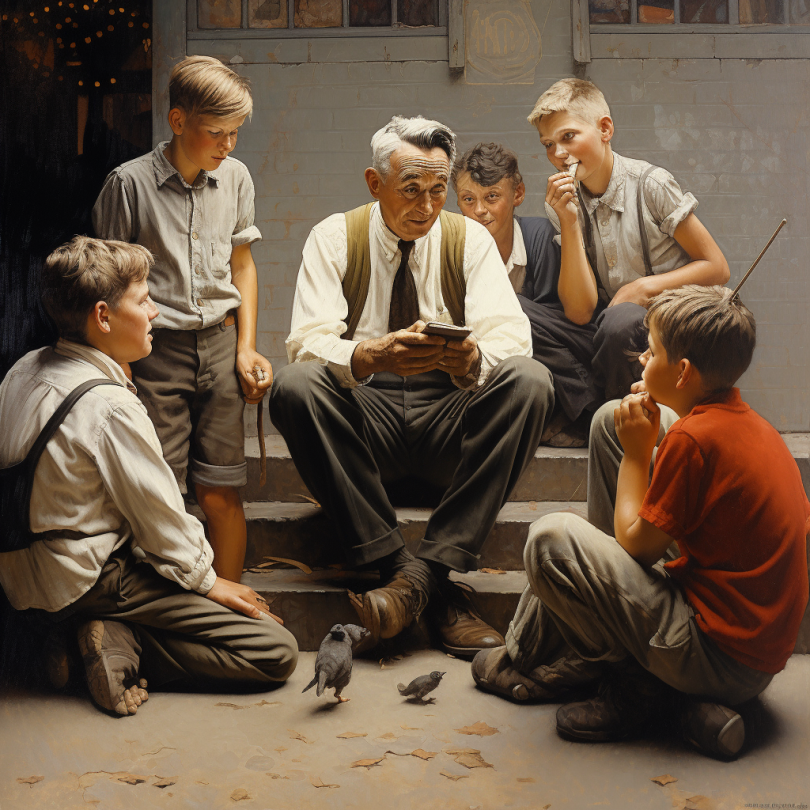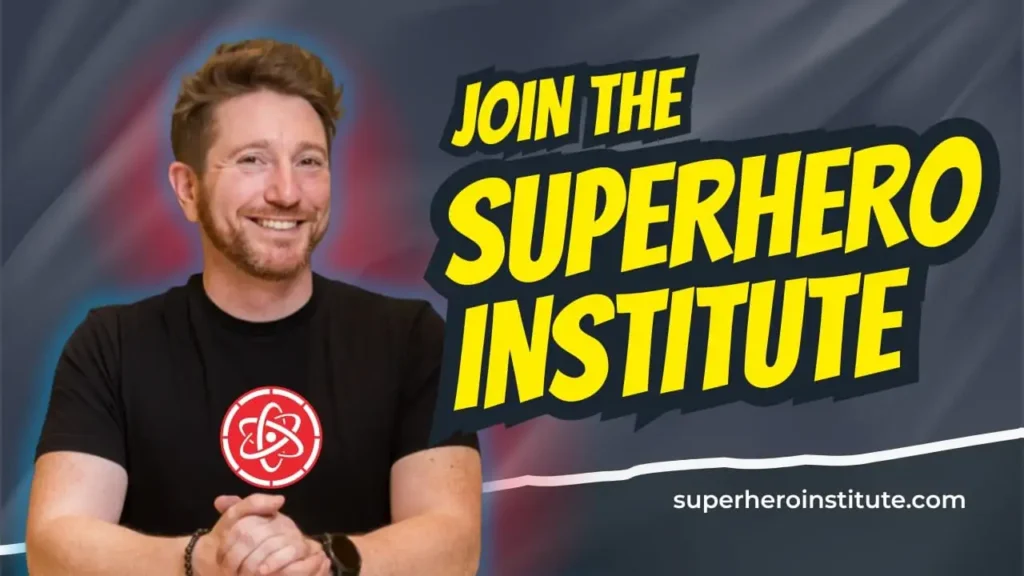Amazing Transitions
Deliberately Imposed Constraint: Write a post without using any first person words (I, me, or my)
How do you get out of a conversation you don’t want to be in?
What goes through your mind during a really boring story?
Do you know if you’re the type of person people are captivated by or are busy strategizing ways to get away from?
Here are a few simple swaps that will help you be the type that can tell better stories, and keep people engaged longer.
✉️ Get the Infinite Impact
Join thousands getting weekly wisdom on unlocking hidden potential, building meta-abilities, and creating meaningful change through practical frameworks you can use immediately.
Bad Storytellers Do This

When someone is telling a story, you can usually tell within the first 30 seconds whether they are going to captivate you or make you feel like you’re stuck in traffic or on hold by listening for these three words:
- And
- So
- Because
These three words are usually benign connectors. They typically have no energy at all. None of these words, by itself, will have movement.
If someone is telling you a story, and you start to notice a lot of these three words, you are about to be in for a listening session. Buckle up! You’re not about to hear a compelling narrative but a step-by-step retelling of every external and internal detail.
It’s documentation not entertainment.
Great Storytellers Do This

Great storytellers do two things that bad storytellers do not.
- Their words create movement.
- They omit that which is unnecessary to the story.
In contrast to the three words above, great storytellers will engage the audience with language that indicates the story is building toward something.
You won’t believe what happened next…
But after that, everyone knew he didn’t believe it…
What he didn’t realize, was that she had hid it inside his…
Everyone was smiling and laughing, until she walked right back into the room, looked him dead in the eyes, reached into her pocket and pulled out…
There are hundreds and hundreds of ways to tell better stories and nearly all of it requires you to create some tension through something unknown, and some conflict between one part and the next.
When you’re doing this, it can feel like you need to dramatize everything by painting the picture with details. Only do this if the details are necessary to the story. While this is not an ironclad rule, it’s a good idea to avoid mentioning someone’s blue polo shirt, dusty boots, or the open window unless it’s going to come up in the story later. For more on this idea, see: Chekhov’s Gun.
Conversations make better stories
The final piece of advice is to recognize that if you are telling a story in the company of friends, you should always engage people throughout the story unless you are a truly captivating storyteller.
Rather than having every one form a circle around you while you wax poetic, it can be helpful to include people in your story. Ask questions, make a callback to another story that someone else told, or connect your story to another story you have with someone else there with you. Stories that feel self-indulgent are less enjoyable for those listening than the ones that give them a role in telling the story.
Next time…
Next time you’re at a networking event and someone asks you what you do, instead of answering it tell them a story.
Next time you’re out at dinner, improvise a story about the people at the bar and see if you can make it funny, emotional, or even tragic.
Next time you’re in the position to tell a story, pause for a minute and remember that you’re going to only share the important details, and you’re going to make sure it’s leading to a conclusion that people won’t want to walk away from.
I hope you enjoyed this post!
If you liked this post, then you will LOVE my newsletter (The Infinite Impact)
and my learning community (The Superhero Institute).


